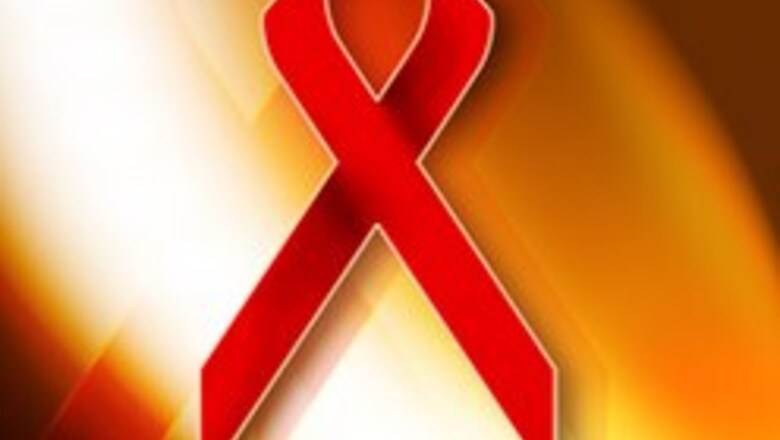
views
Jammu: HIV and AIDS infections have shown a sharp rise in Jammu and Kashmir.
Official records say that HIV/AIDS cases have shot up from two in 1999 to 745 now, reports Grassroots Features.
Although the state lies in a low prevalence risk zone, with an infection rate among the high-risk and low-risk groups standing at 0.95 per cent and 0.06 per cent respectively, the statistics are changing.
Concentrations of migrant labourers, truck drivers, security personnel and the influx of tourists invariably pose a serious threat.
Unofficial sources and independent studies claim the state has nearly 25,000 cases of HIV infection.
Unorganised commercial sex, the difficult terrain and socio-cultural diversity in the state make spreading awareness about the virus doubly challenging.
"Though Jammu and Kashmir lies in the low prevalence zone, it does not mean that the threat of HIV/AIDS is any less here," says project director, Jammu and Kashmir State AIDS Prevention and Control Society (JKSAPCS), M A Wani.
With only 56 per cent literacy, disseminating information and spreading awareness about the disease has not been an easy task in the state.
"Since several languages and dialects are spoken - Kashmiri, Urdu, Dogri, Punjabi, Ladakhi, Pahari and Gujjari, it's even more challenging accomplishing minor tasks like developing video films, songs and posters," he added.
Growing numbers of intravenous drug users and increase in prostitution have also sparked fears of a worsening AIDS scenario.
However, in a novel attempt to combat the spread of HIV/AIDS, the JKSAPCS has roped in religious leaders to educate people against the cause and spread of the deadly virus.
Interestingly, religious leaders are no longer hesitant to talk about HIV/AIDS and safe sex now.
Initially, the programme was implemented in six districts of Kashmir division, and nearly 600 imams (Muslim priests) have been sensitised so far.
Religious leaders feel that awareness about HIV/AIDS can be easily created.
The increased presence of police, military and paramilitary forces in the state has added to the risk because of HIV/AIDS among security personnel.
A majority of the cases detected in the Sher-e-Kashmir Institute of Medical Sciences (SKIMS) and the SMHS Hospital in Srinagar were those of Border Security Force (BSF) and Central Reserve Police Force (CRPF) personnel.
"We have been conducting workshops on HIV/AIDS at the basic unit level and further up in the Northern Command Hospital for educating officers, soldiers and their families," said an army spokesperson.
The BSF has recently introduced a bi-annual health check up for its doctors, and other meets where doctors interact with the troops about the disease.
Though the AIDS awareness programme for defence personnel does not come under the ambit of JKSAPCS, it has been conducting programmes for army, air force and the police.
Official figures have, however, recorded only 37 deaths out of the 95 full-blown reported cases in the state.
However, the actual figure is suspected to be many times more.




















Comments
0 comment